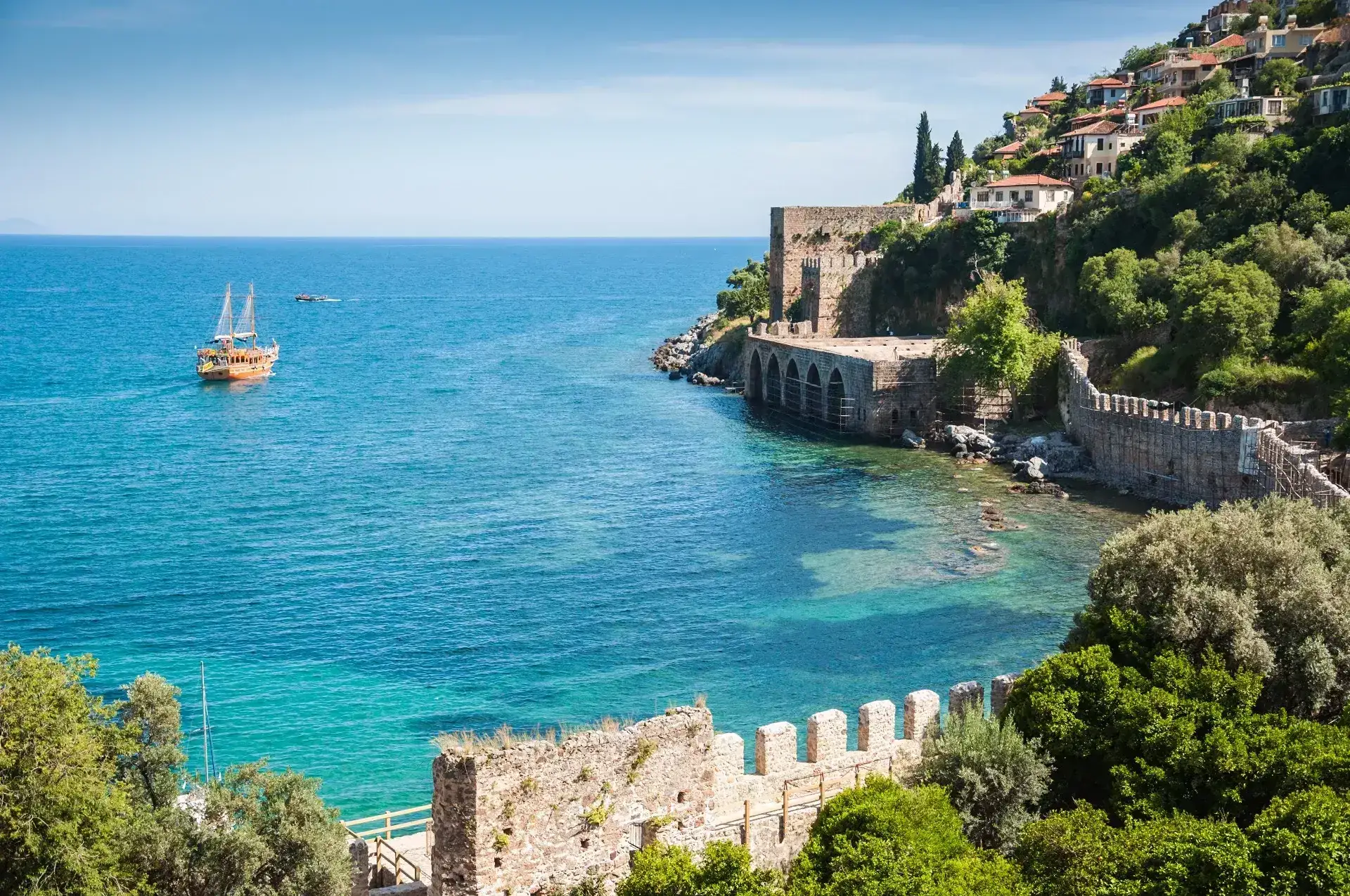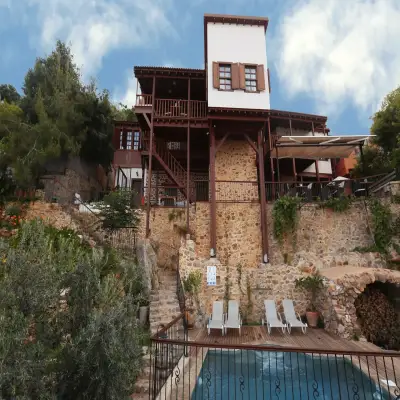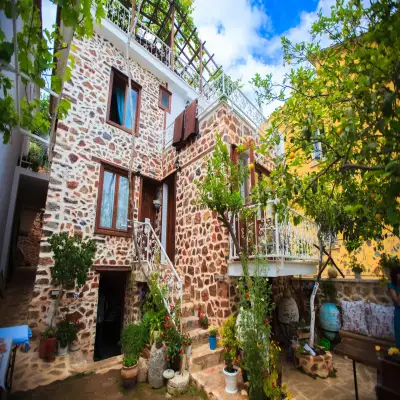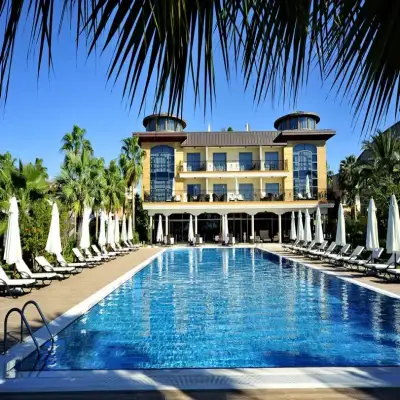
Alanya Guide
Alanya was known as a pirate city in ancient times, as a city of overlords during the Byzantine period, and during the reign of Alaaddin Keykubat, it was made the capital. Alanya, which was called by many different names in different periods of history, was finally given its current name by Atatürk in 1935.
Don't be surprised if you hear a rumor or legend when you go to Alanya that prisoners were told that they could win their freedom if they managed to throw stones into the sea from Alanya Castle and that no one succeeded.
Alanya Castle. One of the symbols of Alanya, the castle is six and a half kilometers long and dates back to the 2nd century BC. When you look at Alanya from the castle, you see the whole city and the Mediterranean Sea under your feet. Although the castle is at the bottom of the sea, the stones you throw never fall into the sea.
Tophane: If you walk from Alanya Castle to Kızılkule, you can see Alanya houses that still preserve their natural texture and Tophane, the historical castle neighborhood. You can sit in one of the cafes there, watch the unique view, eat pancakes made by Alanya women and have a cold drink.
Kizilkule There is a cistern in the middle of the Red Tower, the first floor of which is currently used as a museum. Since it was difficult to lift the stone blocks, red bricks were used on the upper floors. The tower takes its name from the color of these bricks.
Damlatas Cave: Known to be good for asthma, the stalactites and stalagmites of Damlataş Cave are thought to have formed in 15,000 years. The cave, named Damlataş because it drips 4-5 months of the year, is one of the must-see places in Alanya.
Dim Cave Dim Cave, which was accepted to the International Association of Caves Open to Tourism in 2002, is a very ornate cave with stalactites, stalagmites and columns. In an open part of the cave, there is an observation terrace and a binoculars to watch a part of the Taurus Mountains, the Mediterranean Sea and the city of Alanya.
Alanya Archaeology Museum: In the museum where many historical artifacts from the Archaic, Byzantine, Seljuk and Ottoman periods are exhibited, the most important artifact is the Statue of Heracles. The statue, which dates back to the 2nd century after Christ, is exhibited in a separate section. In addition, the peacocks in the garden of the museum attract the attention of those who come to the museum.
For accommodation suggestions, you can check our Alanya Hotels page.




